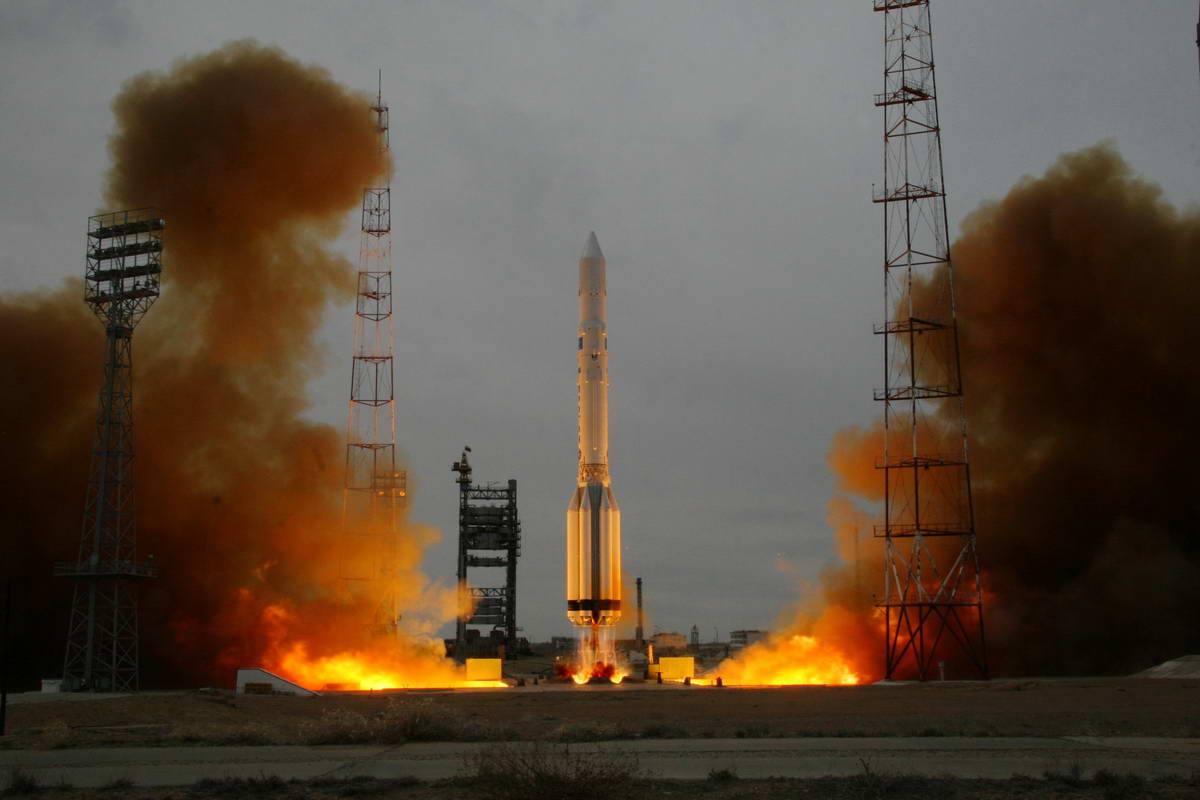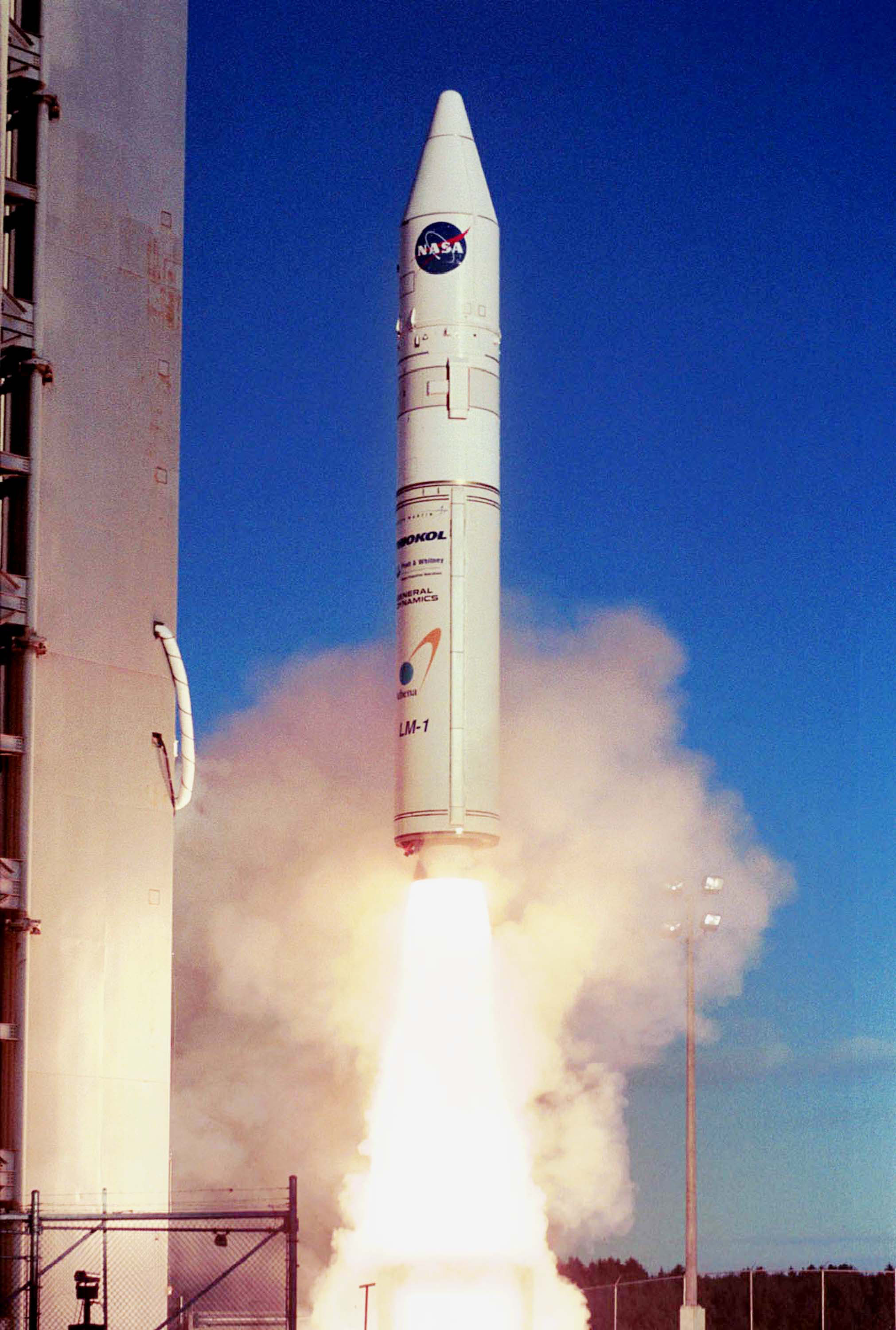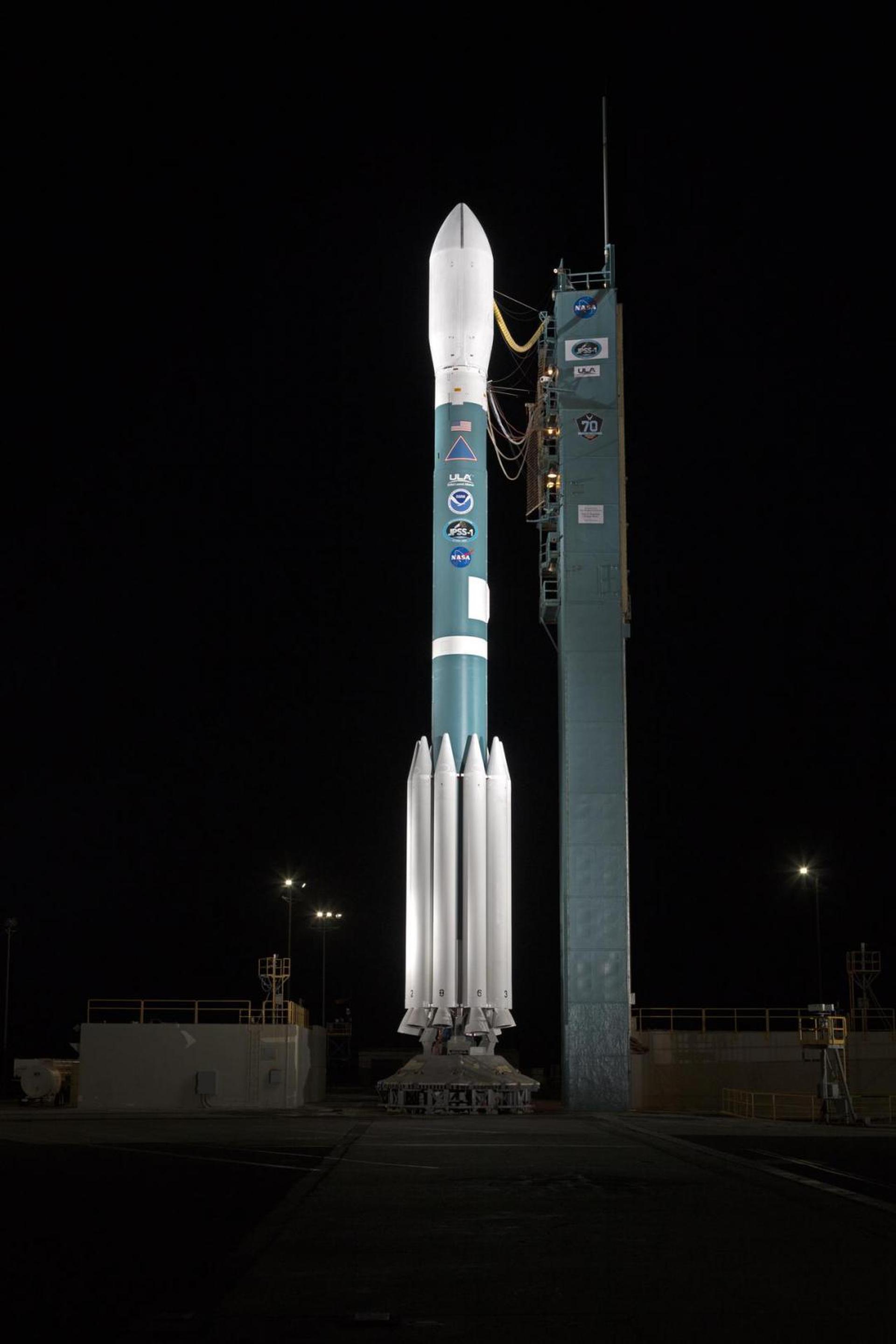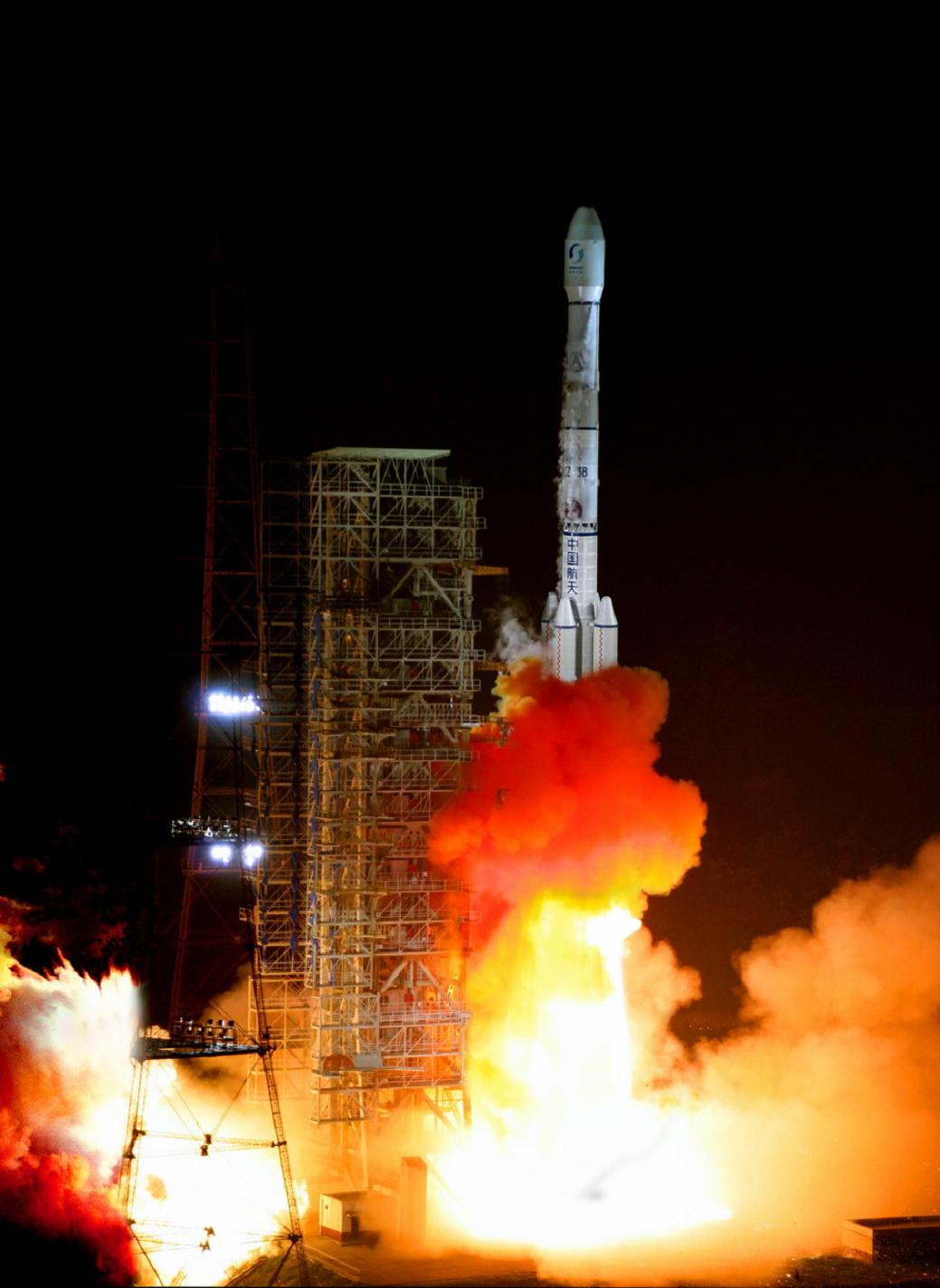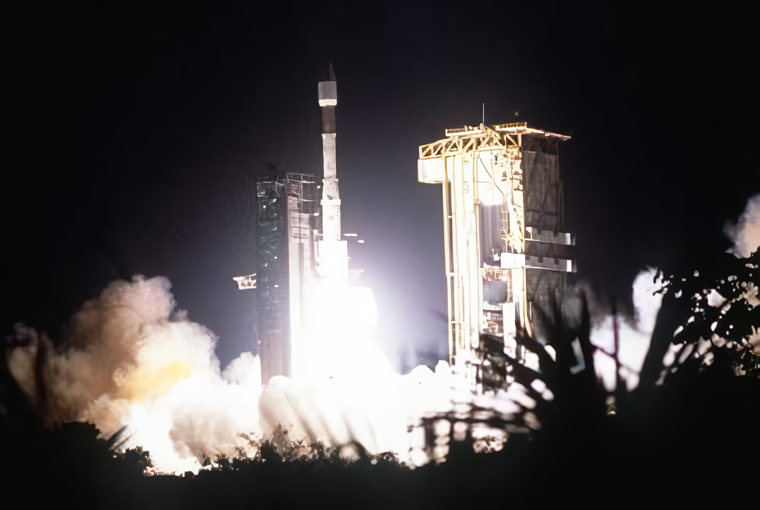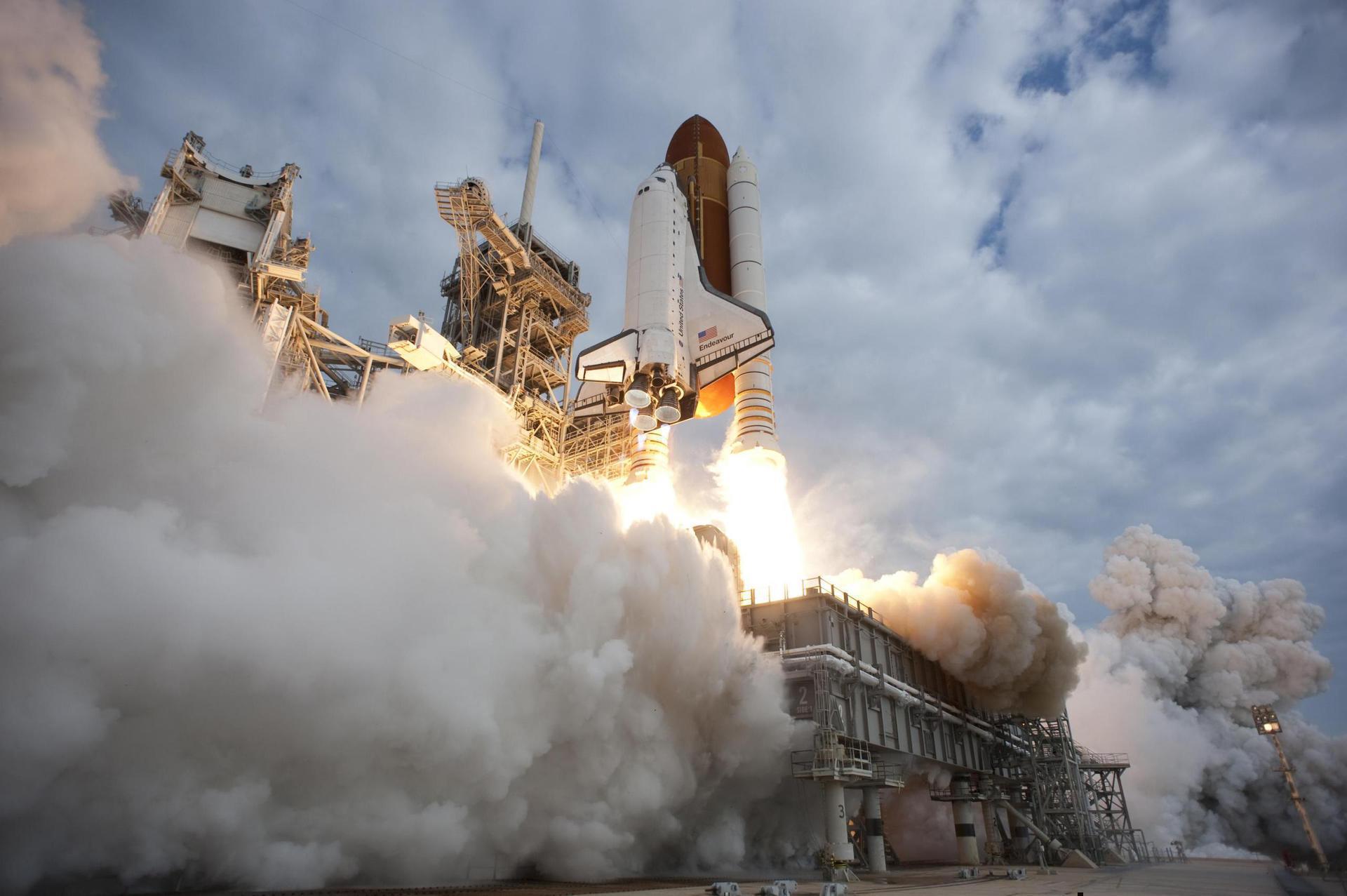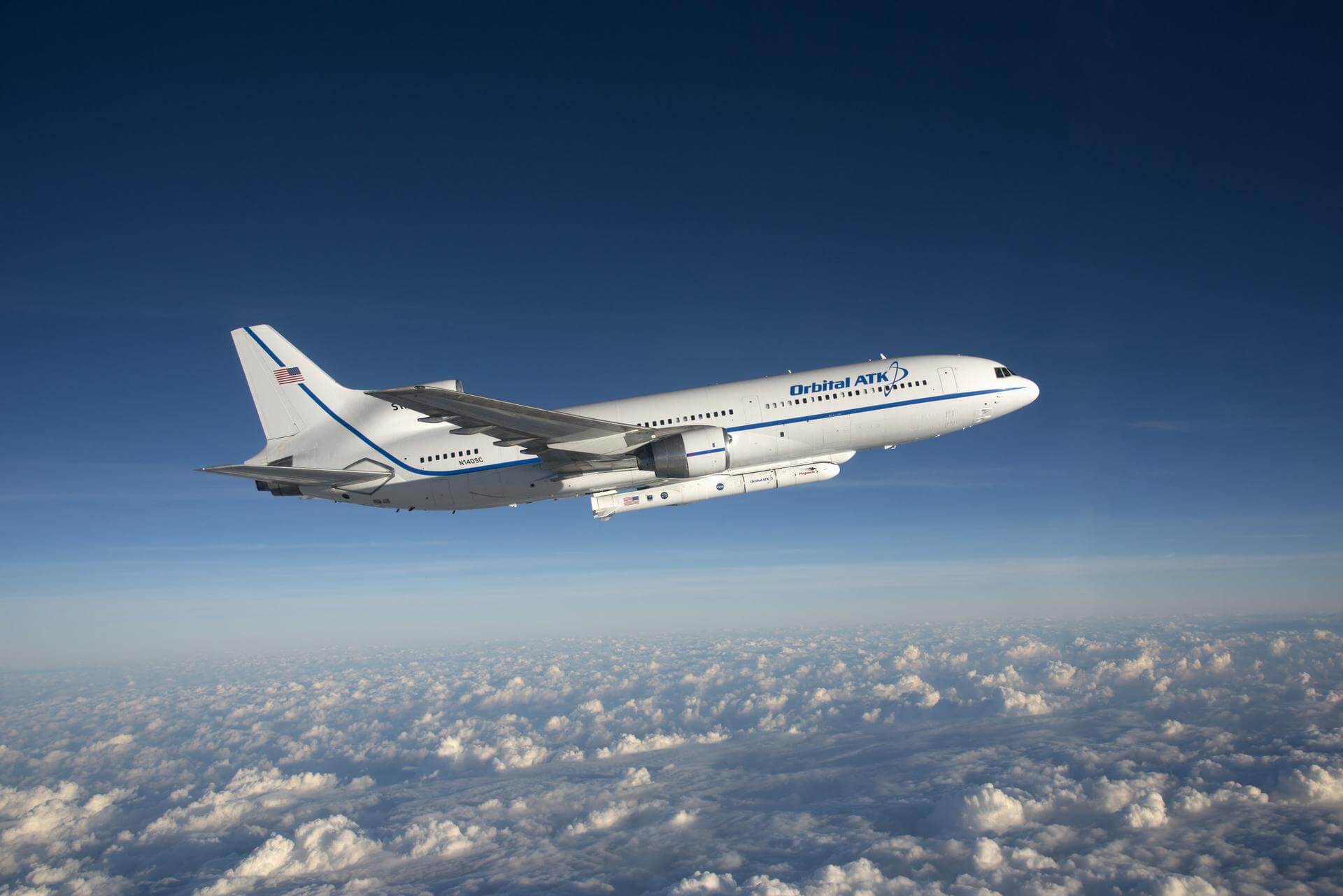Previous Spaceflight Launches
Filter by Agency, Locations or Vehicles
Show All LaunchesProton-K/DM-2M | PAS 5
Khrunichev State Research and Production Space Center | RussiaBaikonur Cosmodrome, Republic of Kazakhstan
Aug. 28, 1997, 12:33 a.m.
Delta 7920-8 | ACE
McDonnell Douglas | United States of AmericaCape Canaveral, FL, USA
Aug. 25, 1997, 2:39 p.m.
Status: Launch Successful
Mission:
The objective of the ACE (Advanced Composition Explorer) is to collect observations of particles of solar, interplanetary, interstellar, and galactic origins, spanning the energy range from that of keV.solar wind ions to galactic cosmic ray nuclei up to 600 MeV/nucleon.
Heliocentric L1Athena I | Lewis
Lockheed Martin | United States of AmericaVandenberg SFB, CA, USA
Aug. 23, 1997, 6:51 a.m.
Delta II | Iridium 22 to 26
United Launch Alliance | United States of AmericaVandenberg SFB, CA, USA
Aug. 21, 1997, 12:38 a.m.
Status: Launch Successful
Mission:
Iridium provides global mobile telecommunications services using a constellation of 66 low earth orbit satellites in a 86.4° inclined orbit. Although 77 satellites were originally envisioned for the system and spawned the name based on the 77th element in the periodic table, the system has been scaled back. Motorola's Satellite Communications Group designed and manufactured the Iridium satellites with Lockheed Martin providing the LM-700A spacecraft buses.
Low Earth OrbitLong March 3B | Agila 2
China Aerospace Science and Technology Corporation | ChinaXichang Satellite Launch Center, People's Republic of China
Aug. 19, 1997, 5:50 p.m.
Status: Launch Successful
Mission:
Agila 2, delivered on orbit in 1997, is the most powerful telecommunications satellite in service in the Asia-Pacific region. The new satellite is a prime example of SS/L's dominance in the emerging domestic and international broadcast satellite market.
Geostationary OrbitProton | US-KS 7
Khrunichev State Research and Production Space Center | RussiaBaikonur Cosmodrome, Republic of Kazakhstan
Aug. 14, 1997, 8:49 p.m.
Ariane 44P | PAS 6
Aérospatiale | FranceGuiana Space Centre, French Guiana
Aug. 8, 1997, 6:46 a.m.
Status: Launch Successful
Mission:
Three of the most powerful broadcast satellites ever launched that are capable of direct-to-home (DTH) service are providing DTH programming to millions of consumers of PanAmSat. They were designed and built by Space Systems/Loral (SS/L). PanAmSat-6 (PAS-6) provides quality digital television to customers in South America.
Geostationary OrbitSpace Shuttle Discovery / OV-103 | STS-85
National Aeronautics and Space Administration | United States of AmericaKennedy Space Center, FL, USA
Aug. 7, 1997, 2:41 p.m.
Soyuz-U | Soyuz TM-26
Russian Federal Space Agency (ROSCOSMOS) | RussiaBaikonur Cosmodrome, Republic of Kazakhstan
Aug. 5, 1997, 3:35 p.m.
Status: Launch Successful
Mission:
Soyuz TM-26 was the 32nd mission and the 24rd long-duration expedition to Mir space station. It was also a part of the US/Russian Shuttle-Mir Program. The mission began on August 5, 1997, 15:35:54 UTC, launching Commander Anatoly Solovyev and Flight Engineer Pavel Vinogradov into orbit. They docked with Mir two days later. During their stay there, cosmonauts performed several EVAs and various scientific experiments in medicine, biotechnology, Earth sciences etc. Station crew was visited by several Progress resupply spacecrafts, STS-86 and STS-89, and welcomed aboard Soyuz TM-27 with the next expedition crew. The mission concluded with a safe landing back on Earth on February 19, 1998, 09:10:30 UTC.
Low Earth OrbitPegasus XL | OrbView-2
Orbital Sciences Corporation | United States of AmericaAir launch to orbit
Aug. 1, 1997, 8:20 p.m.
